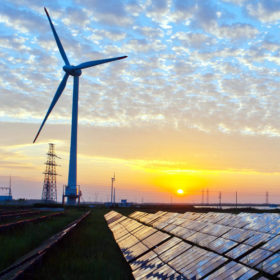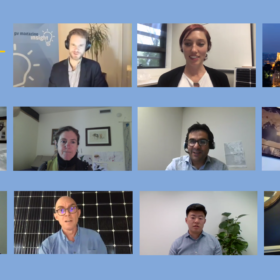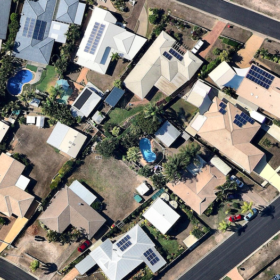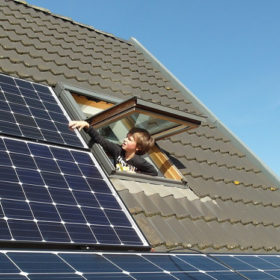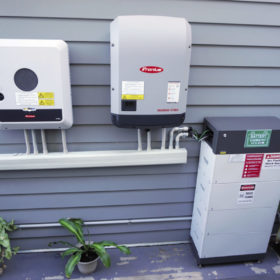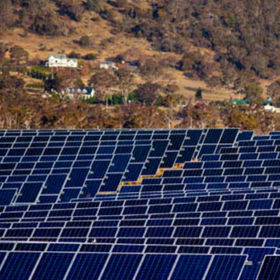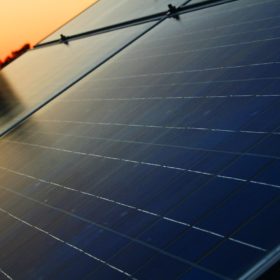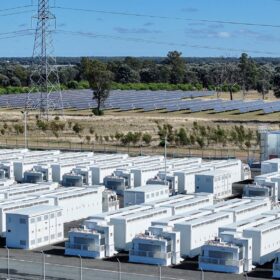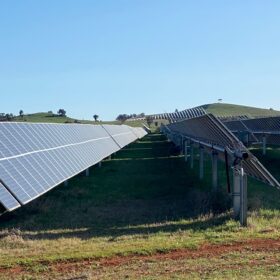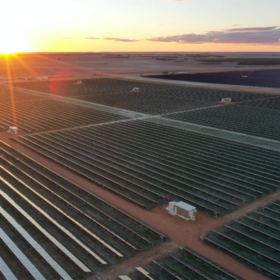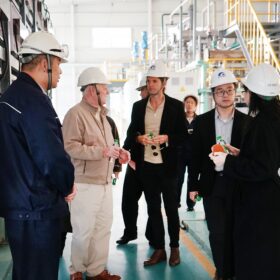VIC solar industry braces for post-lockdown release of pent-up demand
As Victorians fly out of lockdown and into the thick of summer the solar industry is preparing for the release of pent-up demand for solar which was hungered for during lockdown but went unsatisfied. pv magazine Australia sat down with AC Solar Warehouse’s Grant Behrendorff to gauge the backlog of installations and talk shop in the approach to a bumper summer.
SwitchDin teams up with Fronius on remote PV control
Energy management software company SwitchDin has urged operators in the Australian renewable energy market to work collaboratively as the decentralised generation model becomes increasingly dominant.
October’s QLD energy price spike ‘harbinger of things to come’
On Tuesday 13th October 2020 Queensland’s electricity spiked from approximately $25/MWh to $15,000/MWh (the current market price cap) in response to a tripping incident involving the constraint of 11 solar farms and one wind farm. The event is being seen as illustrative of just what needs to be addressed in the design of NEM 2.0.
Insight on Quality – the prickly issue of PV module warranties: big promises and little recourse
PV modules are being sold with ever longer warranties, but when modules underperform or fail, making claims on those warranties is rarely straightforward. So are the warranties worth the paper they’re written on? Where does this leave installers? And how can this liability be mitigated?
Weekend read: Down in the weeds of Australia’s distribution networks
Australian electricity wires are awash with sunshine, such that network operators have threatened to up the drawbridge on further rooftop connections, while limiting rooftop PV exports to the grid. But data streams hold the key to unlocking surprising existing capacity, stabilising voltage, and living the Aussie dream.
IEA report rubbishes Morrison’s gas-led energy plan
An International Energy Agency report led up by Rolf Frischknecht from Treeze in Switzerland and under the joint project management of the University of New South Wales’ José Bilbao has measured the lifecycle emissions of both residential solar PV with battery storage and gas-generated grid electricity. The results are not particularly surprising, only the Morrison Government’s ongoing obduracy is.
NT’s Home and Business Battery Scheme charging ahead
230 Northern Territory businesses have already received their vouchers for Australia’s most generous energy storage subsidity, the NT’s Home and Business Battery Scheme. The scheme, which is still open for applications until November 30, offers grants of $6,00 to homeowners and business owners to install solar and battery storage, or complement an existing solar system with a battery.
Weekend read: Singapore solar walks the talk
Earlier this year, Singapore surpassed its 2020 target for 350 MW of installed PV, and has set itself a more ambitious goal of 2 GW for the coming decade. pv magazine recently spoke with Thomas Reindl, deputy CEO of the Solar Energy Research Institute of Singapore (SERIS) – and also the lead author of a 2020 update to the institute’s PV Roadmap for Singapore report – to catch up on the latest developments in the city-state’s PV market.
Long-read: Finance hopping the fence to the greener grass
As Green Finance begins to be seen more and more as global best practice the energy transition can only accelerate. This week, two stories attest to the growing acceptance of green finance by major financial institutions – ANZ Bank has pledged to extricate itself from thermal coal by 2030 and pursue more sustainable policies and Mike Cannon-Brookes supported startup Brighte announces Australia’s first 100% green asset-backed securitisation, $190 million in debt financing for Australians looking to uptake solar and battery storage in their home.
Major economies should divert fossil fuel Covid-recovery cash to clean energy before it’s too late
A report by Finnish company Wärtsilä has estimated the potential impact if every dollar committed to a non-renewables energy sector recovery was instead funnelled to clean power.


